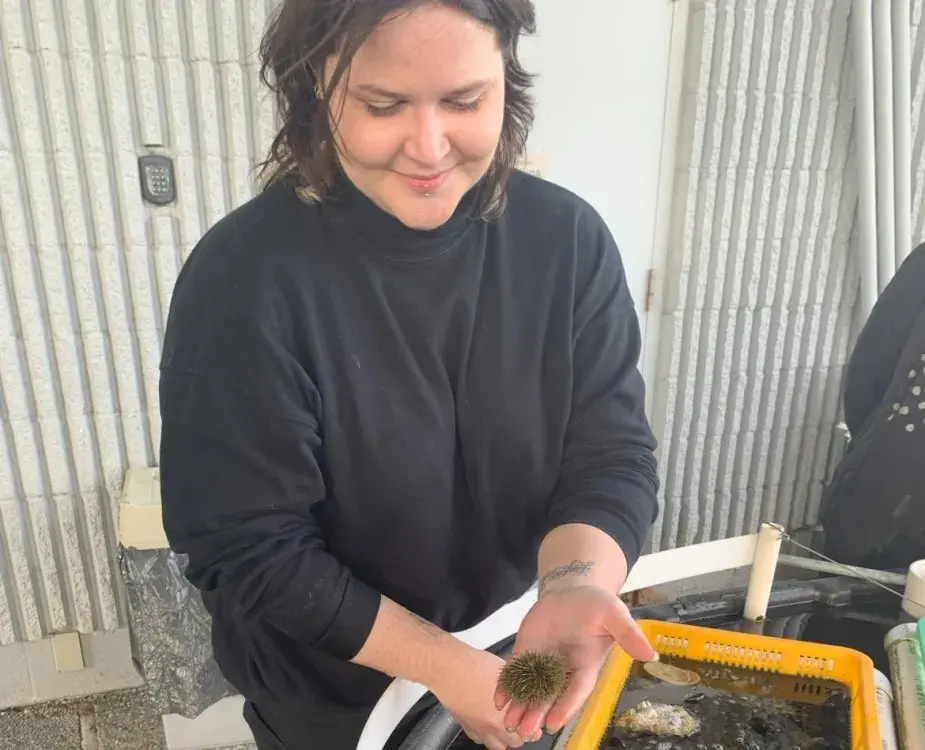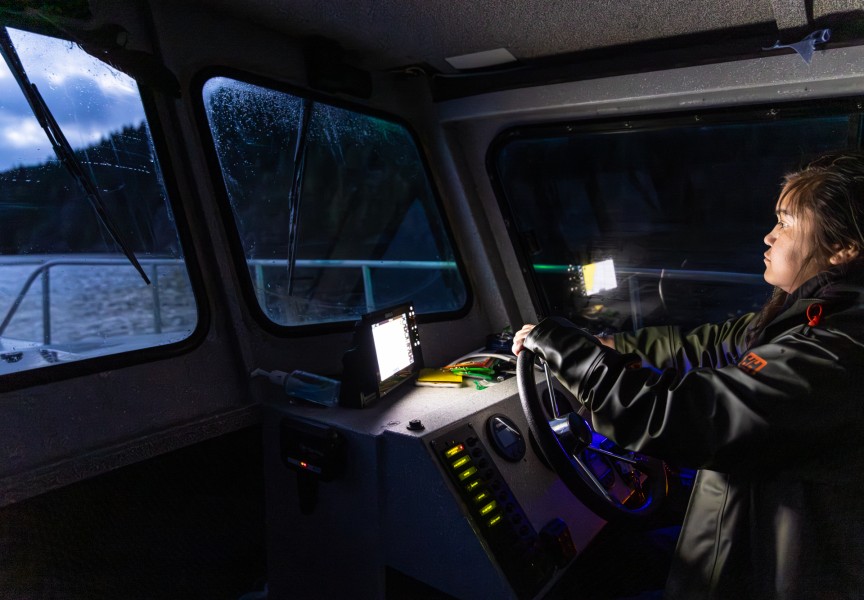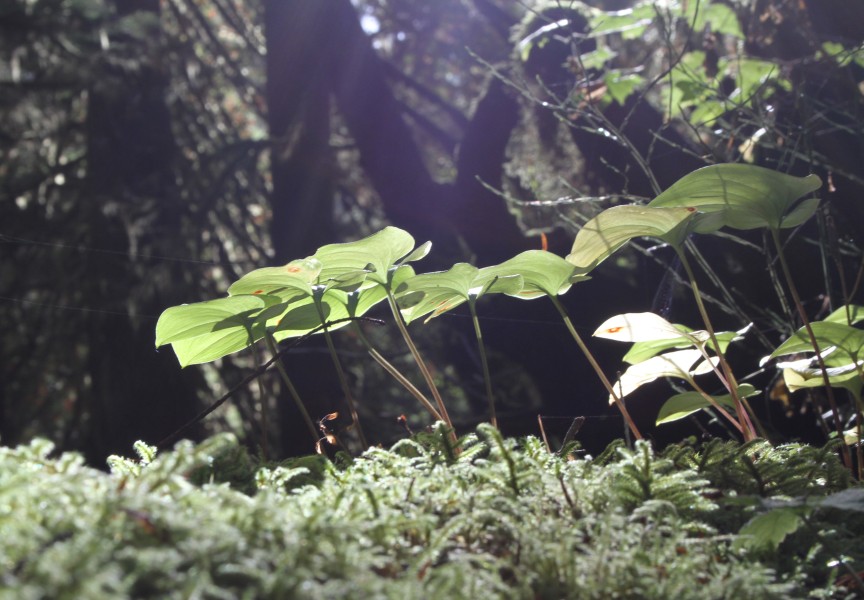It is said that, “when the tide is out, the table is set.” Aquaculture is and has always been a lifeline for First Nations people. Sadly, climate change and environmental factors are threatening their safe, sustainable marine resources.
“It’s challenging to meet the needs of traditional harvesting by Indigenous communities, which are often remote,” said Dr. Timothy Green, Vancouver Island University’s Canada Research Chair in Shellfish Health and Genomics. “British Columbia’s vast coastal geography makes timely lab access a challenge – and timeliness is important for shellfish products that are consumed fresh.”
A partnership between the Canadian Food Inspection Agency’s Burnaby Laboratory and Vancouver Island University is working to improve food sovereignty and security by making shellfish and sea urchin - the most commonly harvested marine animals - testing more rapid and convenient for remote Indigenous communities.
The partnership officially began 18 months ago, thanks to funding through the I-STEM (Indigenous- Science, Technology, Engineering and Mathematics) project, under the direction of Carolyn Bateman, director of the CFIA’s Burnaby Laboratory.
“There’s a desperate need for more testing,” Bateman explains. “We saw the chance to partner with the university as a way to be more efficient, fill the gap in science to understand the risk to people, and cull the overabundance of sea urchins.”
Shellfish are filter feeders. They accumulate lethal toxins in their tissue. It’s two of these lethal toxins - paralytic shellfish poisoning (PSP) and amnesic shellfish poisoning (ASP) - that are putting Indigenous communities at risk. Toxins occur most frequently as a result of rising water temperatures causing algae blooms.
Sea urchins don’t normally eat muscles. But, as VIU biology student Chloe McLaughlin explains, fluctuations in environmental conditions, including predator abundance, has led to increased populations in sea urchins. Though sea urchins normally eat kelp, as their population rises, they will eat anything to survive, including shellfish stricken with biotoxins.
McLaughlin, under supervision of both Green and Bateman, has developed methodology for testing sea urchins, which are outside the boundaries of the shellfish sanitation plan. By feeding a measured amount of muscles - a type of shellfish - to sea urchins and then testing, she is able to understand if there are lethal levels of PSP, as muscles are the first to show signs of the biotoxin.
According to CFIA’s website, there are only three laboratories that conduct shellfish testing upon request. For remote coastal Indigenous communities that rely on shellfish for survival, this situation presents an almost impossible challenge. The CFIA/VIU partnership is aiming to change these circumstances by creating a satellite lab to collect and process samples from coastal communities, sending them on to the Burnaby lab for results, reducing the time from harvest to table. However, Bateman notes that biotoxins can change rapidly, and for a food that is served fresh, it’s hard to tell people to wait. To answer this need, the lab is also working on a PSP biotoxin field kit to distribute to First Nation’s that will hopefully be a viable option for them to conduct their own test and receive same day results.
“The relationship between VIU and CFIA is invaluable,” said Bateman. “Together we can answer questions about risk and opportunity that would have been challenging or impossible to answer otherwise.”
The CFIA/VIU partnership and the invaluable work being done by McLaughlin supports food safety, sovereignty and economic industry for coastal Indigenous communities.
As for the future of the project, which initially has funding for two years, Green hopes to get a lab up and running at VIU and train other groups to run safety tests too, increasing capacity and timeliness.
“If we can get the testing going, have success and create trust within Indigenous communities hopefully future budgets will continue to support this effort,” said Green.







